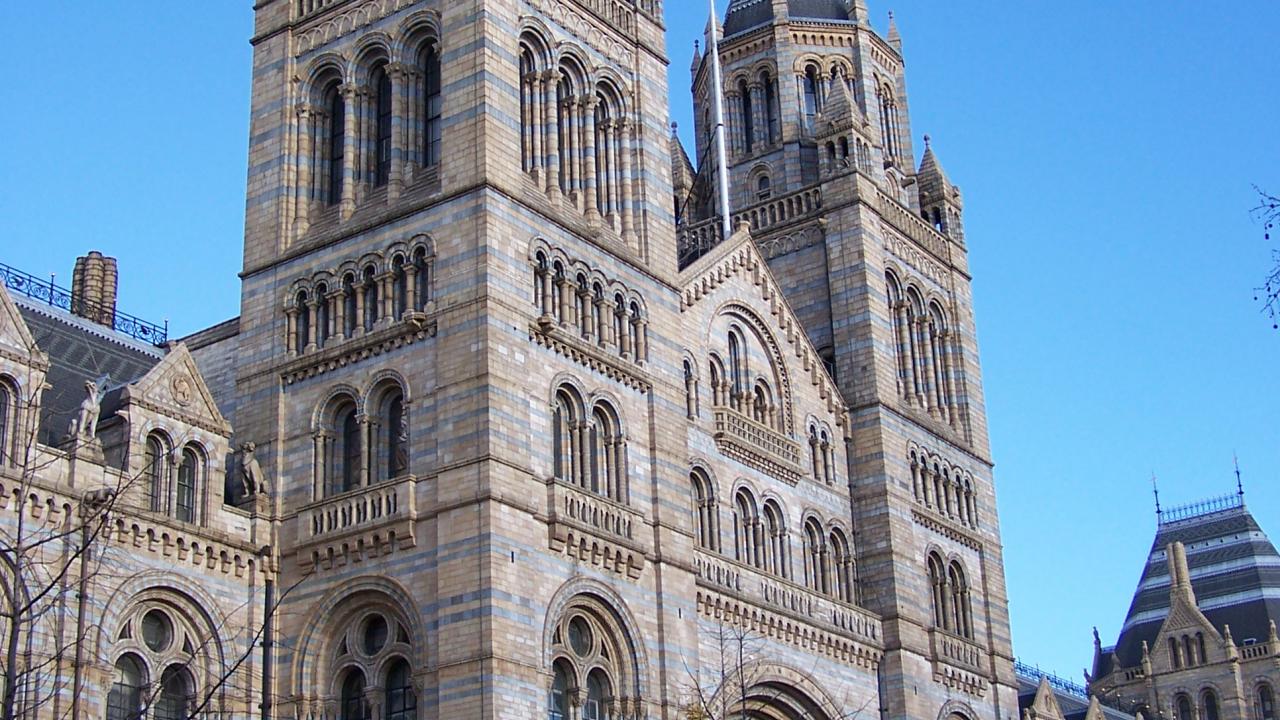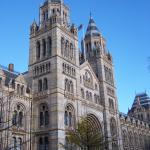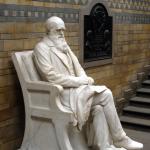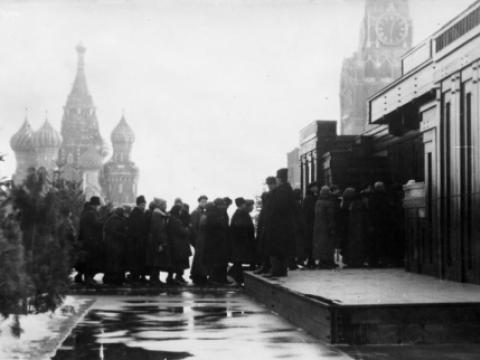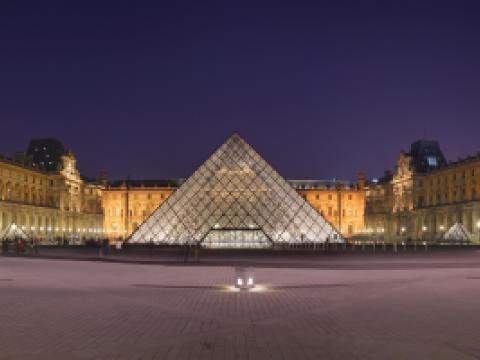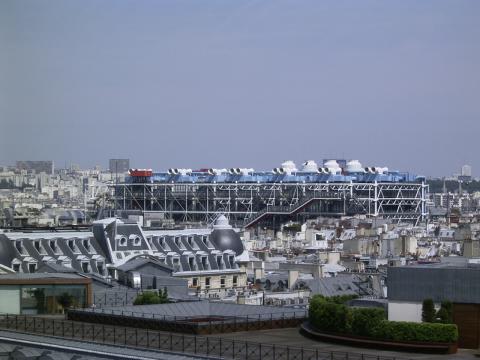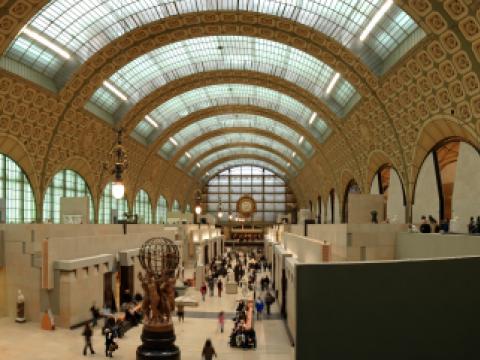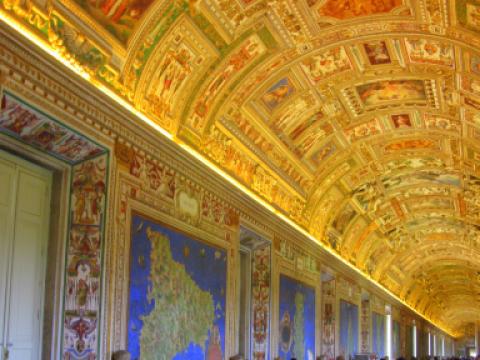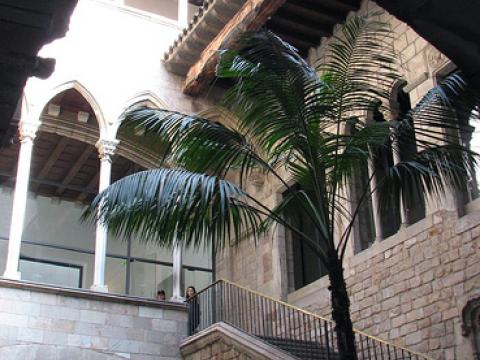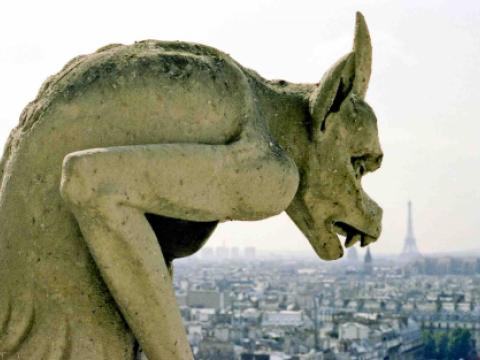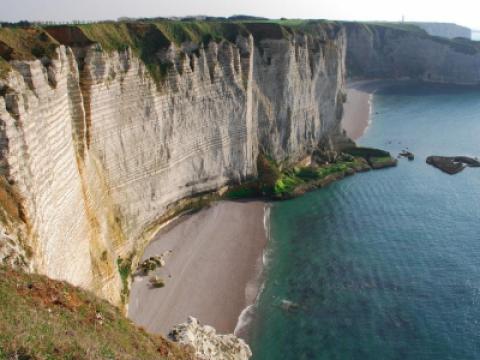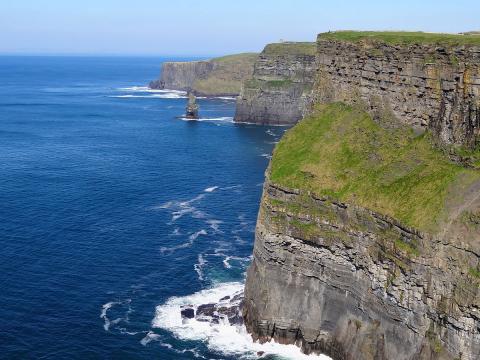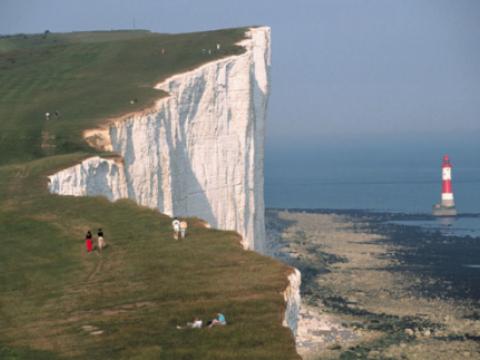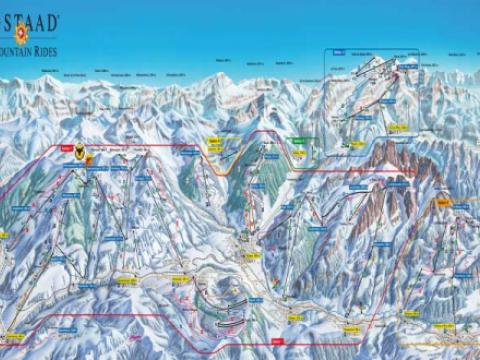Location
Natural History Museum, a home to life and earth science specimens comprising some 70 million items within five main collections: botany, entomology, mineralogy, paleontology and zoology.
Given the age of the institution, many of the collections have great historical as well as scientific value, such as specimens collected by Charles Darwin. The museum is particularly famous for its exhibition of dinosaur skeletons and ornate architecture — sometimes dubbed a cathedral of nature — both exemplified by the large Diplodocus cast which dominates the vaulted central hall.
Besides, the Natural History Museum Library contains extensive books, journals, manuscripts, and artwork collections linked to the work and research of the scientific departments.
The Naturan History Museum is an interesting destination for researchers and families with children at the same time.
By tube: The Museum is within walking distance of South Kensington station on the District, Circle and Piccadilly lines.
By bus: Routes 14, 49, 70, 74, 345, 360, 414 and C1 stop. The 360 stops in Exhibition Road.
Entry is free but there is a charge for some exhibitions.
Open Monday to Sunday from 10 am – 5.50 pm, except 24-26 December.







